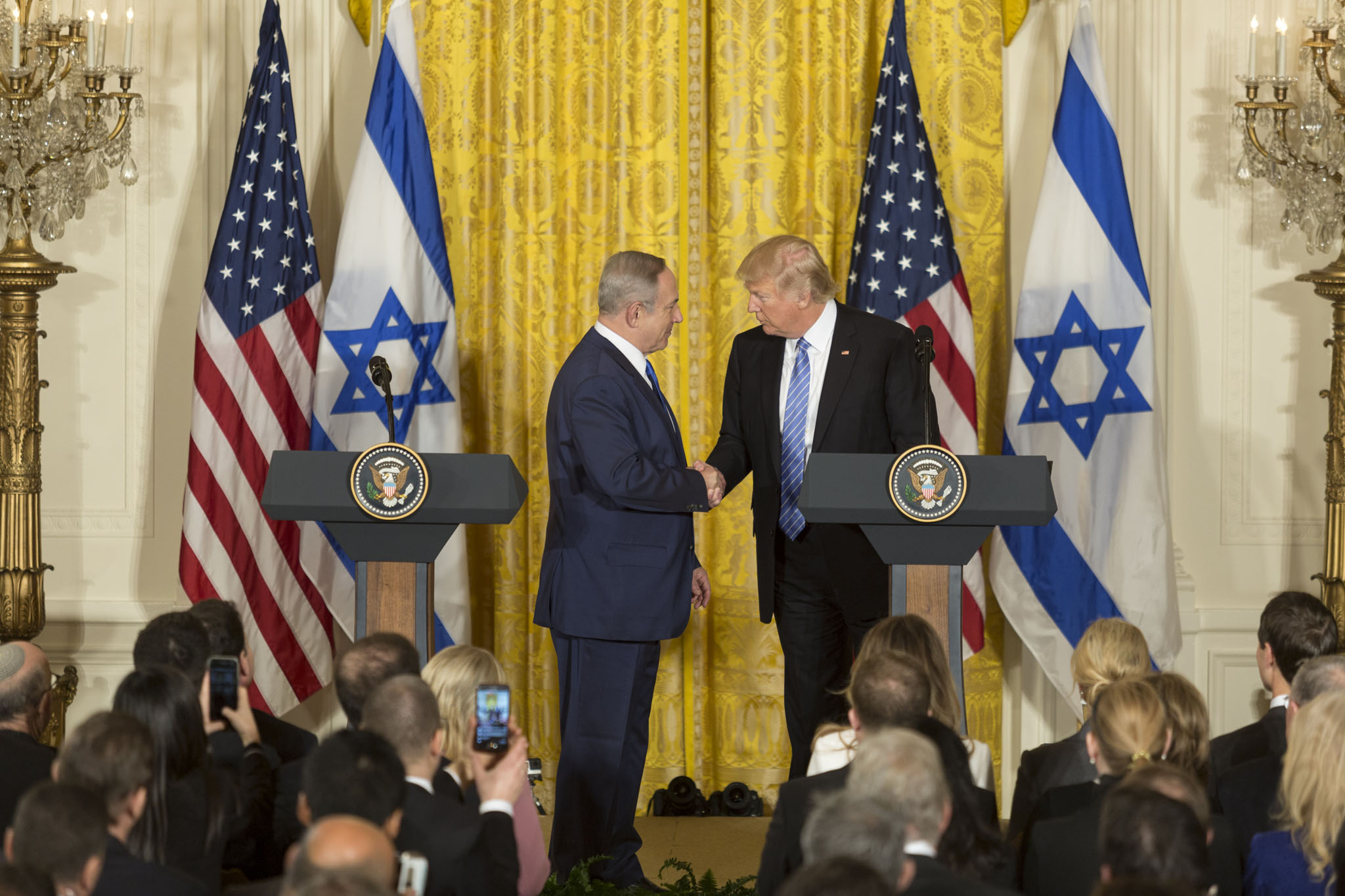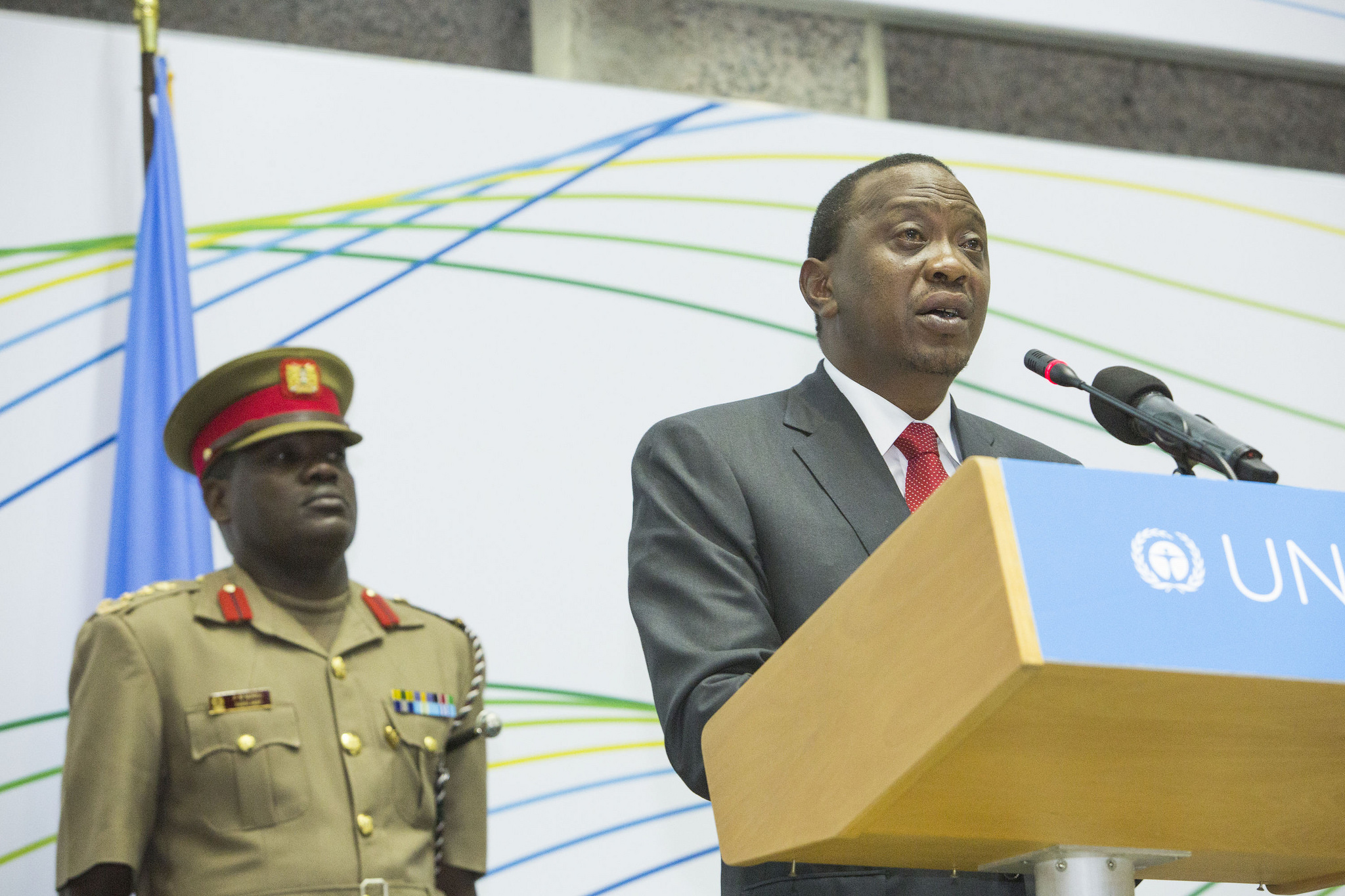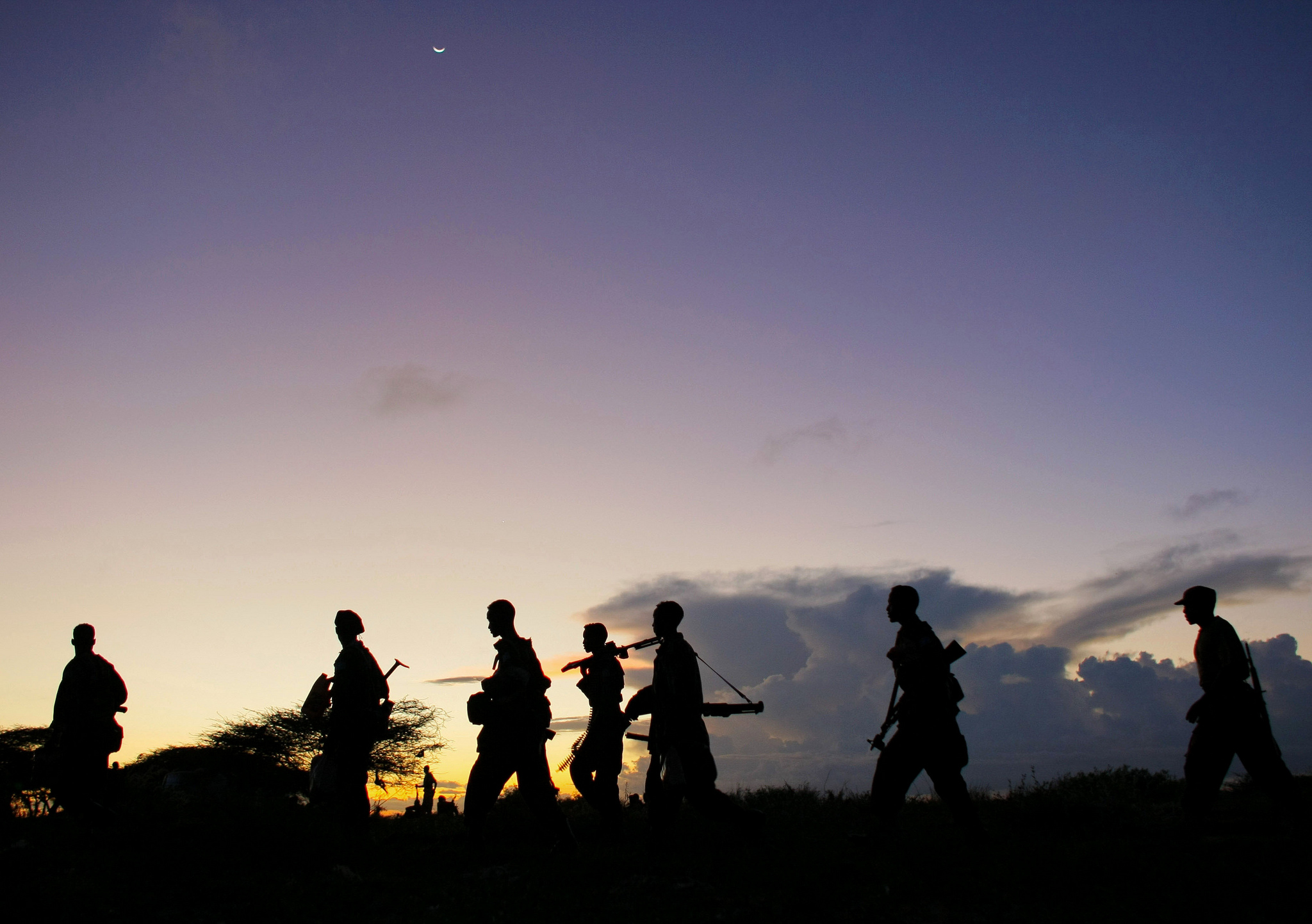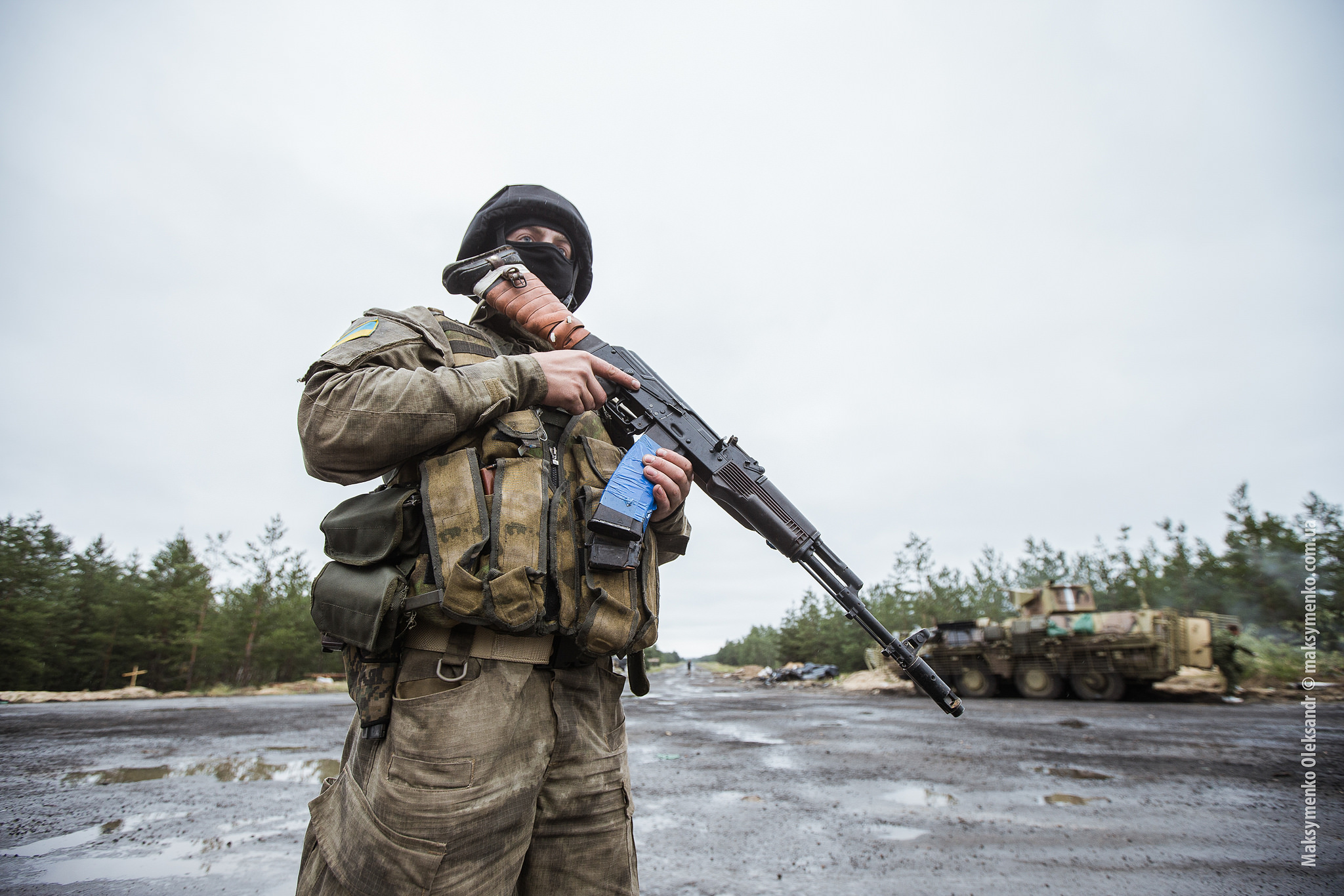Guest post by Michael C. Horowitz and Idean Salehyan

In a democracy, public opinion matters. This is especially true for important, complex issues such as the decision to use military force overseas, a decision that puts lives at risk. Yet most members of the general public do not pay close attention to crises in far-off places, unless they hit the front page of the news. In contrast, foreign policy experts and scholars of International Relations (IR) supposedly think about such matters on an almost daily basis. To better understand similarities and differences between public opinion and those of international relations scholars, the Teaching, Research, and International Policy (TRIP) program at the College of William and Mary has been polling such experts on pressing, timely issues including the Iran nuclear deal, the rise of Islamic State militants, and the Ukrainian civil war, among other topics. The results strongly suggest that international relations scholars are far less supportive of using force to solve US foreign policy challenges than is the general public. While some of this variation is undoubtedly due to the more liberal character of IR scholars, knowledge derived from IR theories may also help explain the gap. However, it is important to distinguish between largely abstract IR theories, and wisdom regarding US foreign policy choices, which tend to be specific and contextual.
The folks at William and Mary teamed up with researchers at the University of Wisconsin to ask an identical set of questions to scholars and the general public on the following issues: using military force if Iran was close to producing a nuclear weapon; to help the Ukrainian and Estonian governments resist Russian aggression; to combat Islamic State fighters; to protect Taiwan from a Chinese invasion; to enforce an Israeli-Palestinian peace deal; and to end genocide in Sudan and Myanmar. The data show that there is a strikingly large gap between US public opinion and scholarly opinion on whether the United States should use military force to respond to a host of crises abroad. On seven out of eight questions, scholars were far more ‘dovish’ than the public. In short, scholars are less likely than the public to see the use of force as a necessary or useful foreign policy tool. The single exception was that scholars are more likely than the public support defending Estonia—a NATO ally—from a Russian attack.
So what explains the difference between scholarly opinion and public opinion and why does it matter? One possibility is political ideology. It is well known that academia, on average, contains far more liberals than conservatives. Less than 15% of the scholars in our sample self-identified as “conservative” or “very conservative” on social and economic issues. This does not appear to explain all of the gap between the public and scholars, however. Even when we directly compare conservatives in the public with conservative IR scholars (though it is a small community), academics are far less likely to support the use of military force abroad (the only exception being the decision to aid a US treaty ally, Estonia, in the event of an invasion). In addition, liberals are more likely to approve of the use of force to defend human rights and prevent genocide in Sudan and Myanmar. Yet, on these humanitarian intervention questions, liberals in the public are far more supportive of military engagement than liberals in academia. Therefore, the gap between scholars and the public cannot simply be boiled down to their political leanings.
Another possibility is that international relations scholars are following what they believe are the foreign policy implications of predominant international relations theories, including realism and liberalism. That is, they are using their established models of the world to inform their views about current events. Realists tend to believe that countries will and should use military force to protect vital national security interests and are less likely to believe in the utility of international organizations and institutions. IR Liberals, on the other hand, view multilateral institutions such as the United Nations more favorably and advocate cooperative solutions to foreign policy crises. For realists, questions such as genocide in Burma or the rise of the Islamic State may not suggest critical US national security interests are at stake. They might argue that responding with force to ‘minor’ conflicts around the world detracts from more significant, major power confrontations, and that the US should not deplete it’s military resources in such missions. IR Liberals, on the other hand, may be less sanguine about the use of US military force without the explicit backing of the United Nations or a multinational coalition, although the poll did not track such opinions.
Examining more closely the only case where IR scholars favored the use of military force more than the general public– supporting Estonia in the event of a Russian military invasion–provides some additional context. In the Estonia case, while only 43% of the public supported military action, 53% of scholars did so. When asked a similar question about defending Ukraine from a Russian invasion, 43% of the public supports the use of force—the same as Estonia—but only 26% of scholars feel the same way. What kinds of scholars switched opinions between these cases? Self-described realists in IR were the biggest switchers, with only 24% supporting the use of force in Ukraine while 65% would support it in Estonia. But liberals also switched views, with 32% and 56% supporting force in Ukraine and Estonia, respectively. Across political ideologies, liberals and conservatives both exhibited quite large, double-digit, increases in support for Estonia over Ukraine. This suggests to us that scholars see preserving alliances and multilateral institutions such as NATO and the European Union to be an important foreign policy objective, and one that is consistent with major research programs.
We also found that about 15% of the general public supported US military force no matter what the question. Not a single IR scholar did so. One possibility is that there is a segment of the general public that has faith that the United States only uses armed force when it is justified and that the US Armed Forces are capable of solving nearly any challenge, so their support is a proxy for trust in the United States military rather than in-depth knowledge of these cases. Given that many of these questions are about countries that hardly make the news, and for which general knowledge may be low, this seems a plausible, though unproven explanation. IR scholars might be tempted to conclude that with greater knowledge of world events, they have more accurate and nuanced views about the appropriateness of force.
Before scholars start feeling too self-congratulatory, however, it is also worth thinking about some of the differences between the academic study of international relations and the real-world conduct of foreign policy. Much international relations scholarship focuses on broad, sweeping explanations for national behavior, such as material power, economics, and domestic political institutions. These abstract theories help to shed light on general trends in history, but scholars have been notoriously bad at predicting important world events such as the fall of communism or the Arab Spring. Indeed, in a previous TRIP poll, hardly anyone predicted Russian military action in Ukraine. Yet, policymakers considering what the United States should do in the context of, say, a Chinese invasion of Taiwan, have to weigh the costs and benefits of various policy responses with what little information is available to them at the time. In other words, academic models of the world present general patterns and tendencies across a large number of cases. While they can provide critical baseline information about what to expect, on average, they are sometimes ill equipped to answer questions about the here and now. Therefore, while historical examples and statistical models provide critical knowledge to understand general tendencies, scholars may not have the “right” answer to a particular crisis.
In our view, both public opinion and scholarly opinion matter and should factor into the debate about the use of force abroad. In a democracy such as ours, leaders must pay attention to the values, attitudes, and preferences of their constituents. However, while scholars often get a bad rap when it comes to their ability to contribute to policy debates, they spend a good deal of time teaching and researching about international politics, meaning they also have the ability to generate important insights to share about the conduct of foreign policy. Therefore, both sets of views can contribute to meaningful discussions about world events.
Michael C. Horowitz, @mchorowitz (Twitter), is an Associate Professor of Political Science at the University of Pennsylvania. Idean Salehyan, @IdeanSalehyan (Twitter), is an Associate Professor of Political Science at the University of Texas, Dallas.









4 comments
Very interesting! Are there similar polls of IR scholars employed in the policy industry?
One important difference between the average citizen and IR scholars is one of style. In everyday conversation, broadly truculent, combative language is common, especially between males, where it is partly a display of prowess (or claims thereto), whereas a scholar is going to answer the question in a scholarly manner. If you want to get around the broad truculence, you need to ask the average citizen for particulars, like how much of their standard of living they would be willing to give up to pursue a particular war or military operation, how many casualties the nation should be willing to accept, what sort of risks would be acceptable, what sort of outcome would be considered satisfactory. In my experience the answers to the particulars are much different from the generic ones, and the style of the ‘citizen’ types much closer to the ‘scholar’ types after all.
What is totally overlooked is the influence of constant propaganda and modern mass marketing techniques to “educate” the public. IR scholars understand that Russia has deep centuries old ties to Ukraine (and vice versa) but the general public merely hears reportage about a Russian “threat” or hair raising pronouncements from American generals about Russian military buildups that never materialize. Naturally many will support calls to send help to poor democracies beset by totalitarian Russia. All of which is fabrication, but supports an ideological structure that just so happens to coincide with the PNAC blueprint for US political and economic domination.
It is difficult to discern exactly why the authors wrote the article. To prove that discussions involving citizens and scholars about potential war is a good thing, apparently.